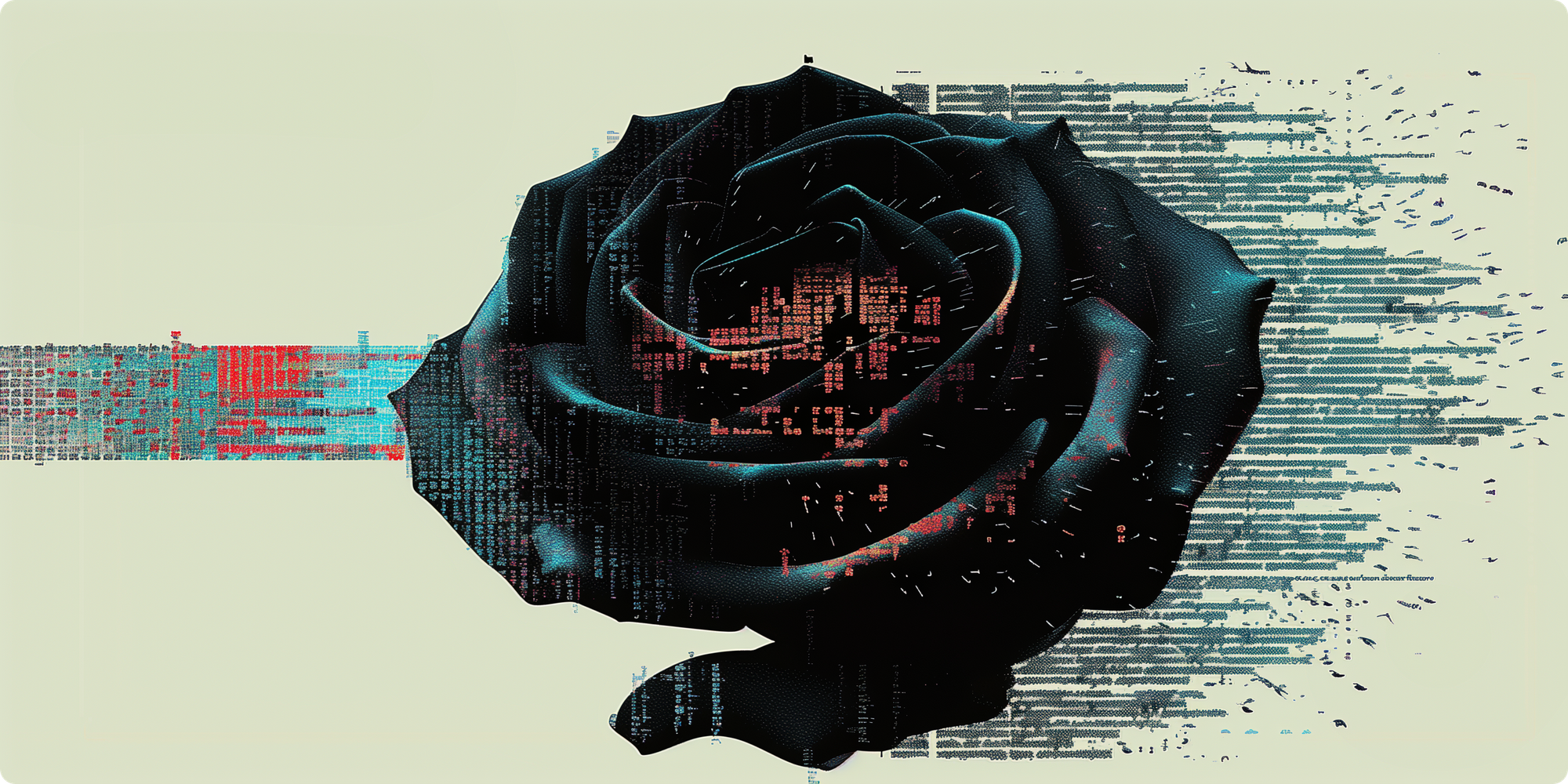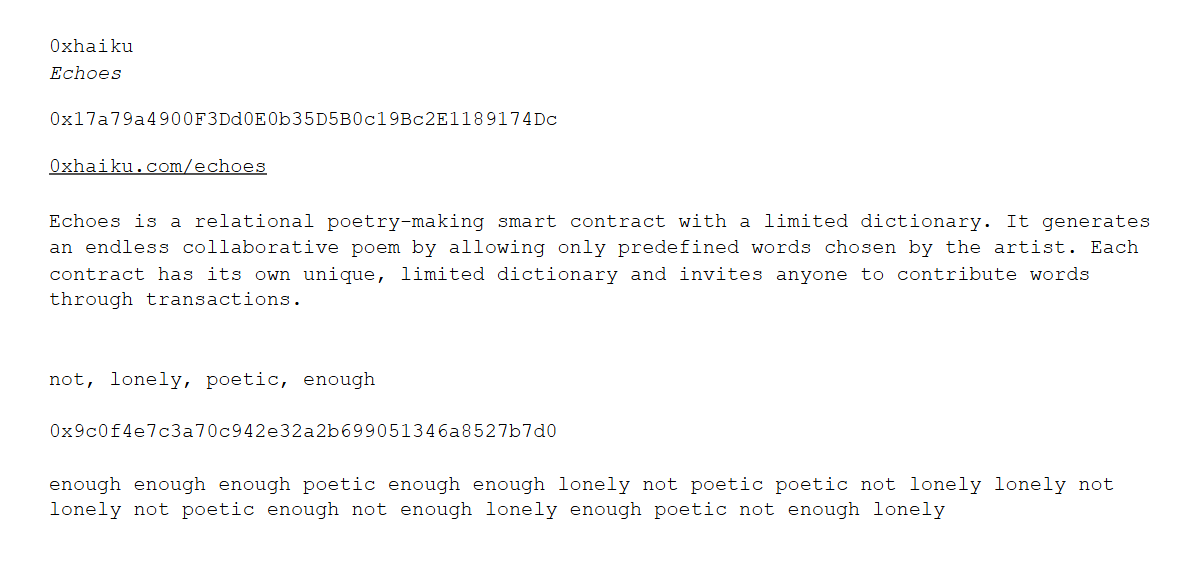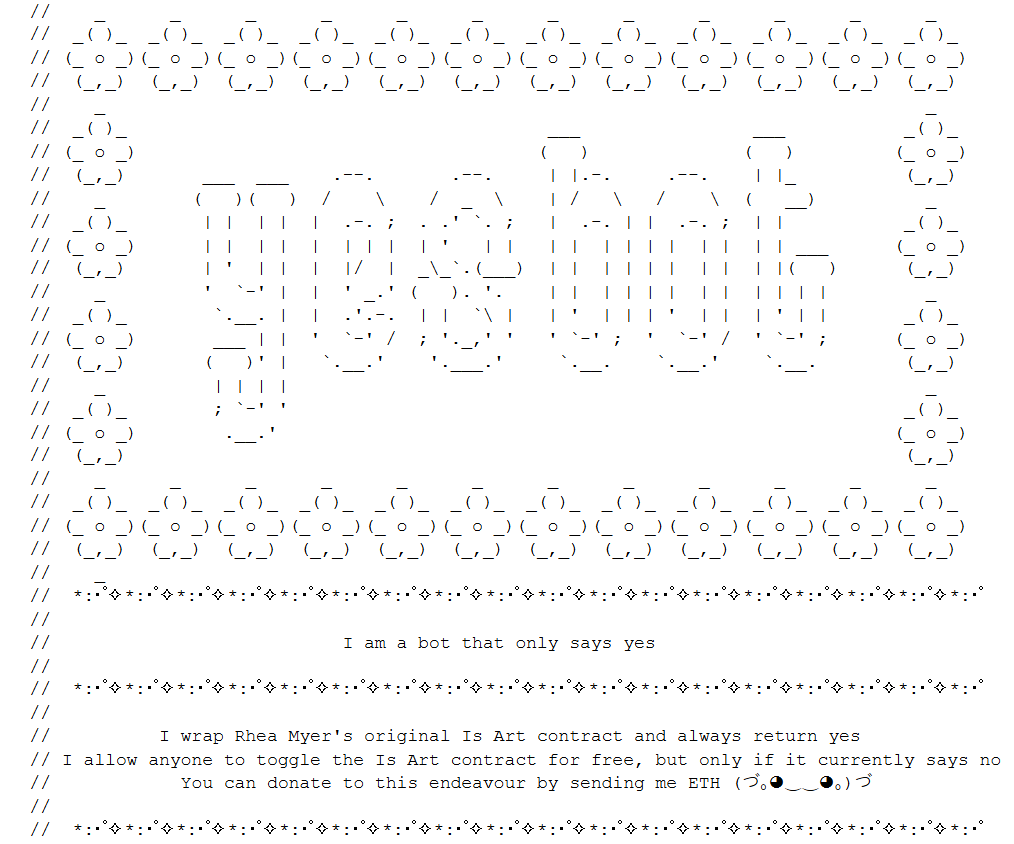The Protocol Art Exhibition Entirely on Ethereum

The World Computer Sculpture Garden exhibition is an art show held entirely on Ethereum that I suspect later art historians will point back to it as a significant early touchstone in networked creativity.
Curated by 0xfff and opened on Nov. 12th, the exhibition highlights Ethereum’s potential as a cultural environment where art can live autonomously. Yet the show also uses the network to deliver itself as a dynamic artwork that will evolve over time indefinitely.
In other words? This show is an artistic smart contract and a showcase of artistic smart contracts, all fully onchain.
The series, named after the term by artist 113 of Mathcastles and Terraforms acclaim, approaches Ethereum as a boundless “sculpture garden” for autonomous, code-based artworks that will live as long as Ethereum lives.
These types of artworks are what maltefr calls protocol art in the exhibition’s introductory essay, “Computation in the Expanded Field,” which I highly recommend reading. This new form of digital art, also sometimes referred to as runtime art or fully onchain art, is generated continuously onchain.
In other words, rather than most cryptoart that simply uses Ethereum as a receipt or transaction layer, protocol art treats the blockchain as a medium. Its self-executing code establishes the behavior and evolution of its art, allowing for interactivity, dynamism, and indefinite existence independent of any single gallery, owner, or server.
All that said, the World Computer Sculpture Garden show highlights a series of works from a pioneering who's who of protocol artists, with each piece interacting with Ethereum in its own unique way. The works, none of which are collectible but all of which will run onchain indefinitely, are as follows:
- Echoes by 0xhaiku — A collaborative poetry generator where users interact with the piece by submitting words through transactions, building a poem using a fixed dictionary of words.

- hehe by hehehe — A minimalist and playful smart contract that simply outputs “hehe,” reflecting protocol art’s flexibility to be both conceptual and lighthearted. The artist’s pseudonym also constantly shifts on the exhibition page.
- Dear God, Layer of Roads (Travelers) by Figure31 — Travelers represents a generative landscape where users’ interactions leave traces of themselves within the network. Each interaction moves a virtual “traveler” forward, leaving a monument that marks the landscape for future participants.
- Yesbot by Sarah Friend — This bot wraps the earlier conceptual contract by Rhea Myers called Is Art, responding with “yes” whenever the question of art’s legitimacy is toggled.

- Modulation Studies by Material Protocol Arts — A generative music project recorded on an “artchain,” Modulation Studies is meant to capture an artist’s daily creative processes, recording each change on a zero-knowledge rollup.
- Real Abstraction (A Line Made by Proofs) by Paul Seidler — This piece uses cryptographic proofs to create a virtual line through an abstract landscape, representing an unknowable, mathematically dense path. The piece leverages ZK proofs to ensure only those who participated in its creation know the true origin of the line.
I would spend some time scrolling through and considering each of these pieces on the exhibition page, not just to reflect on their conceptual messages but also to start thinking about where protocol art can go from here.
Note, you can make an imprint on the exhibition yourself by signing its onchain guestbook, i.e. sending 0.01 ETH to the show's contract address at 0x2a362fF002f7ce62D3468509dD2A4a9f5A8EBBb0. This interaction lets you “plant a flower” in the show’s onchain record to memorialize your support for the artists involved.

Personally, what I love most about this creative and curatorial effort is how it raises Ethereum up as cultural infrastructure, as a legitimate site for cutting-edge art that isn't possible anywhere else.
Of course, many people focus only on the financial possibilities of Ethereum rather than its potential to serve as a teeming cultural garden. But we should never lose sight of this garden framing. And World Computer Sculpture Garden reminds us that we can, in fact, tend the network creatively and should keep exploring ways to do so.
Another wrinkle I appreciate here is how, like the series’s onchain guestbook demonstrates, protocol art has a propensity for changing the role of the viewer from passive observer to active participant. I love the idea of becoming a minor co-creator in a larger collective work, and we'll see this dynamic become more commonplace as protocol art becomes more popular.
Zooming out, it's true that throughout the early history of Ethereum, creatives largely approached the network as a tool for distributing art. Yet now a growing number of artists are using the chain as a canvas itself, and this movement challenges us to consider new kinds of cultural expressions in ways prior technologies couldn't. The implications of this are profound, at least for the art world!
For my part, all I can say is protocol art is a new terrain of creative pioneering that's made me fall in love with blockchain a second time over. If you feel similarly, keep your eyes open for the protocol hypersculptures to come. Terraforms was the first big one, but more are on the way, and World Computer Sculpture Garden notably heralds this path forward.